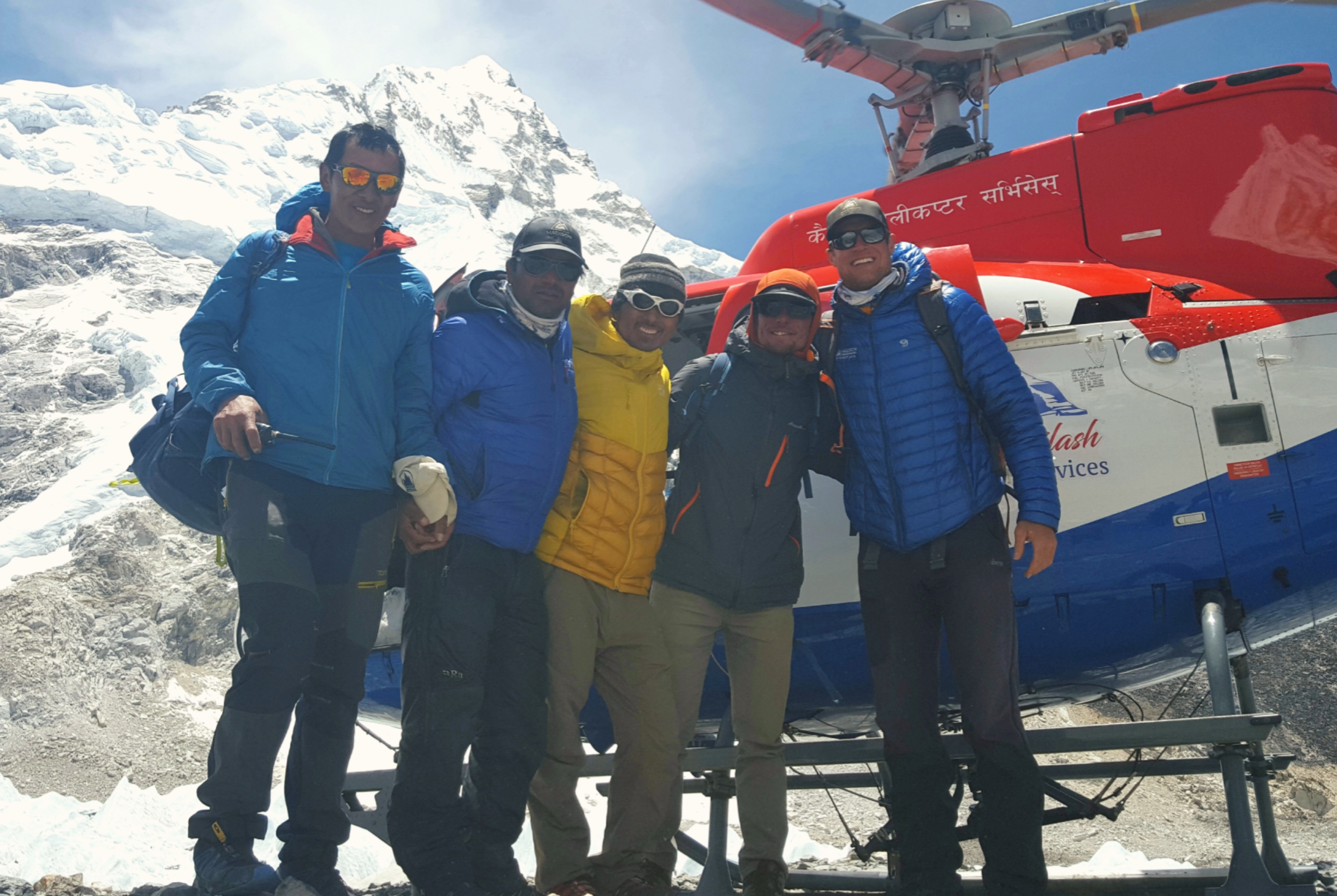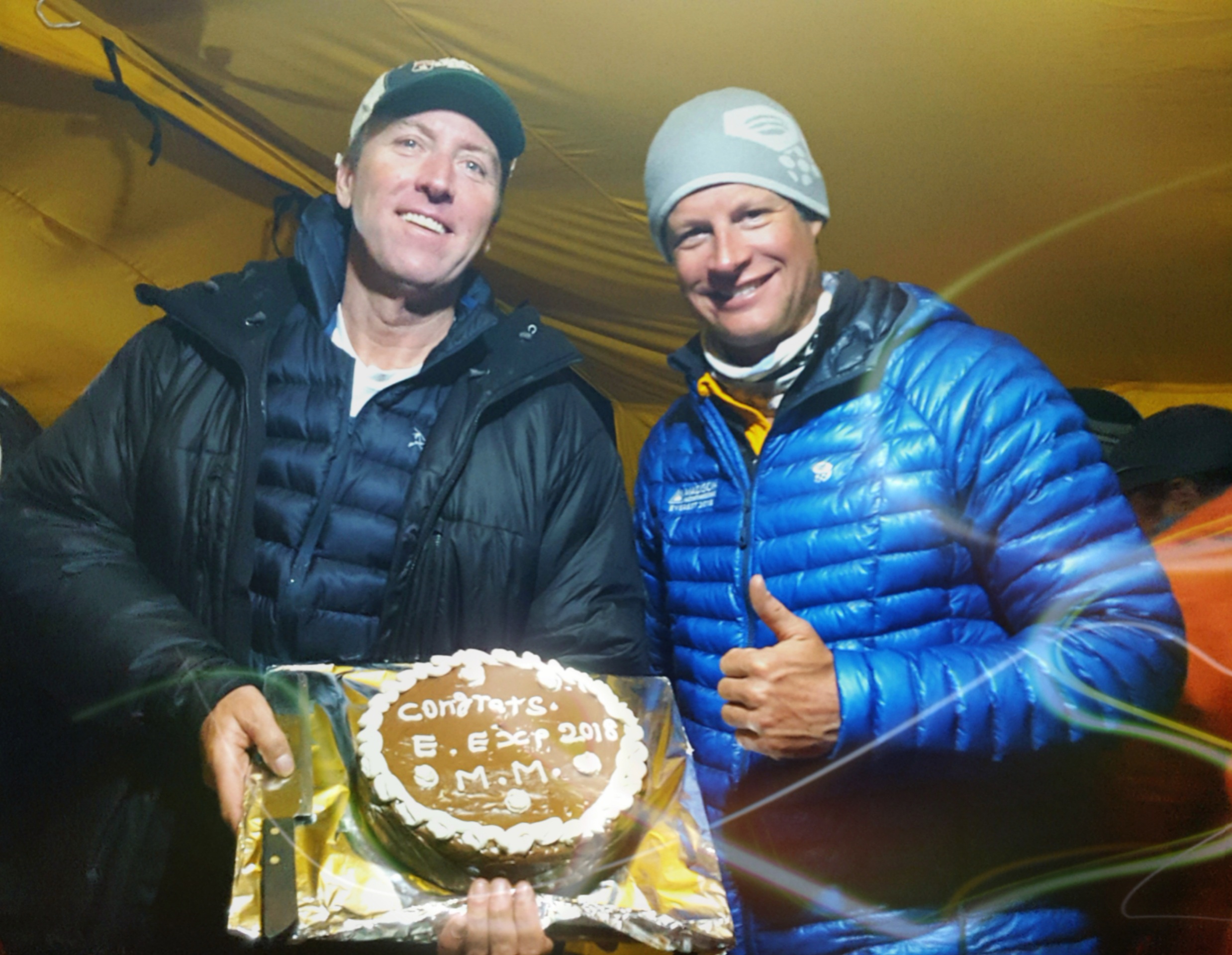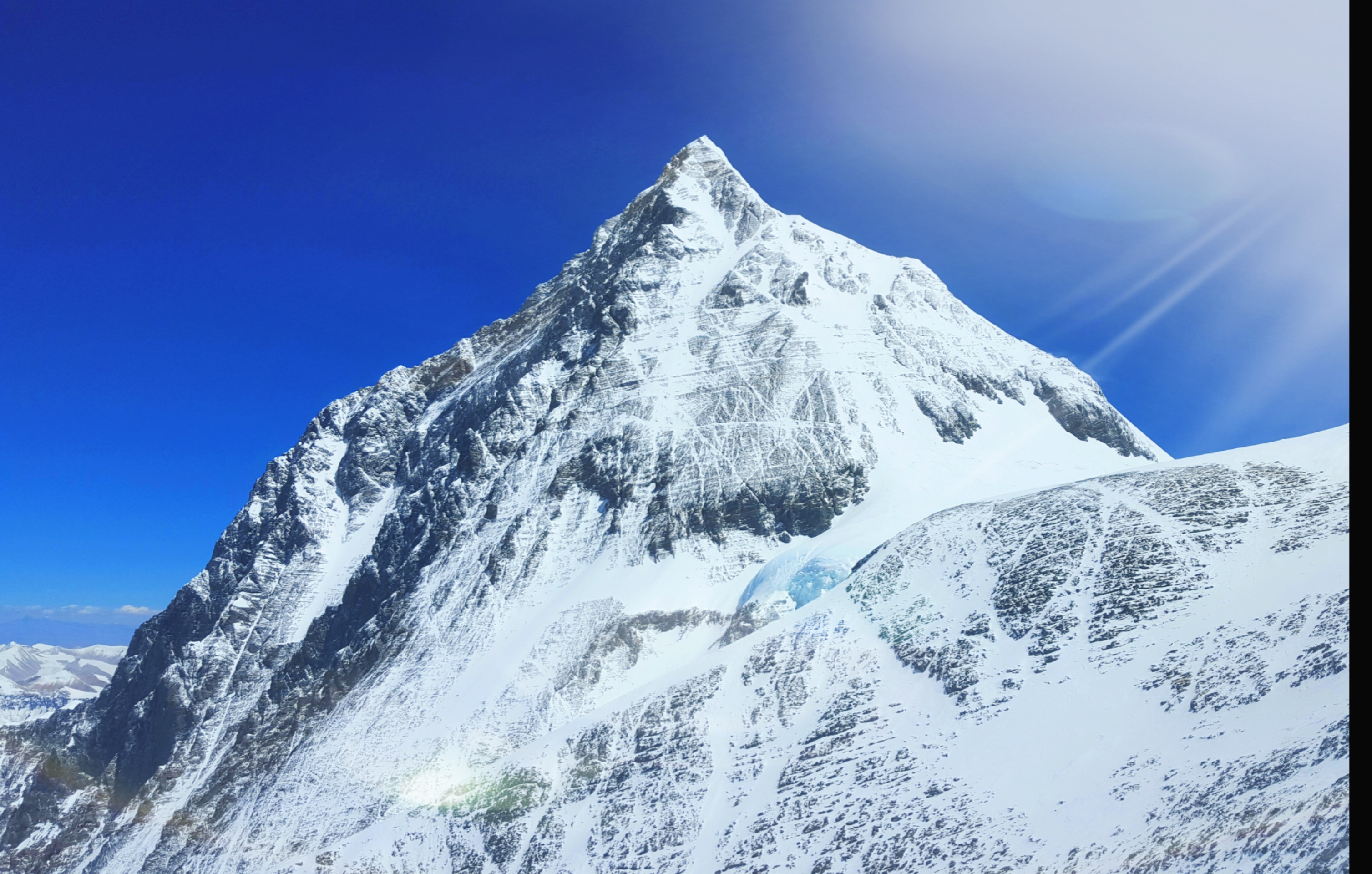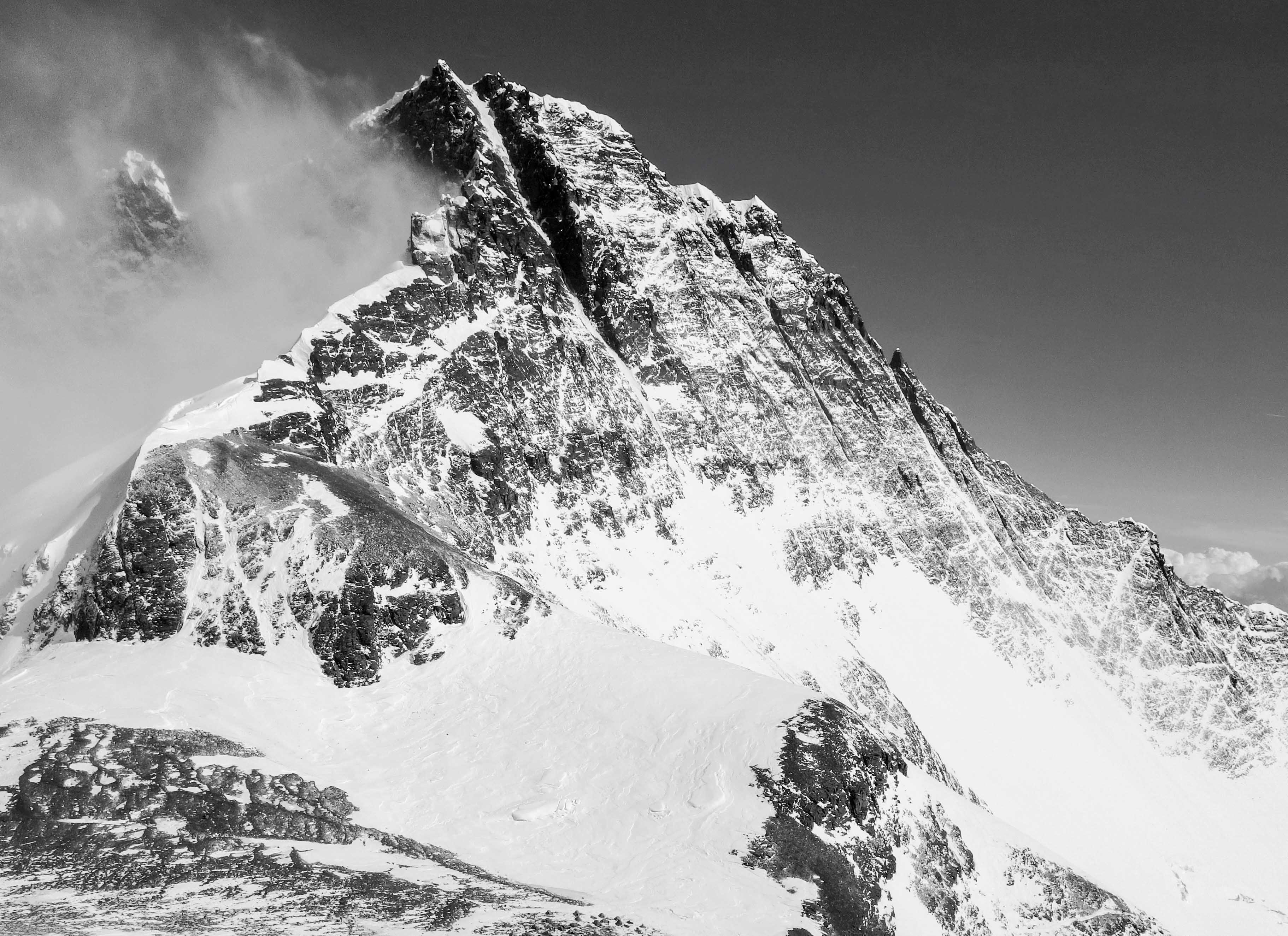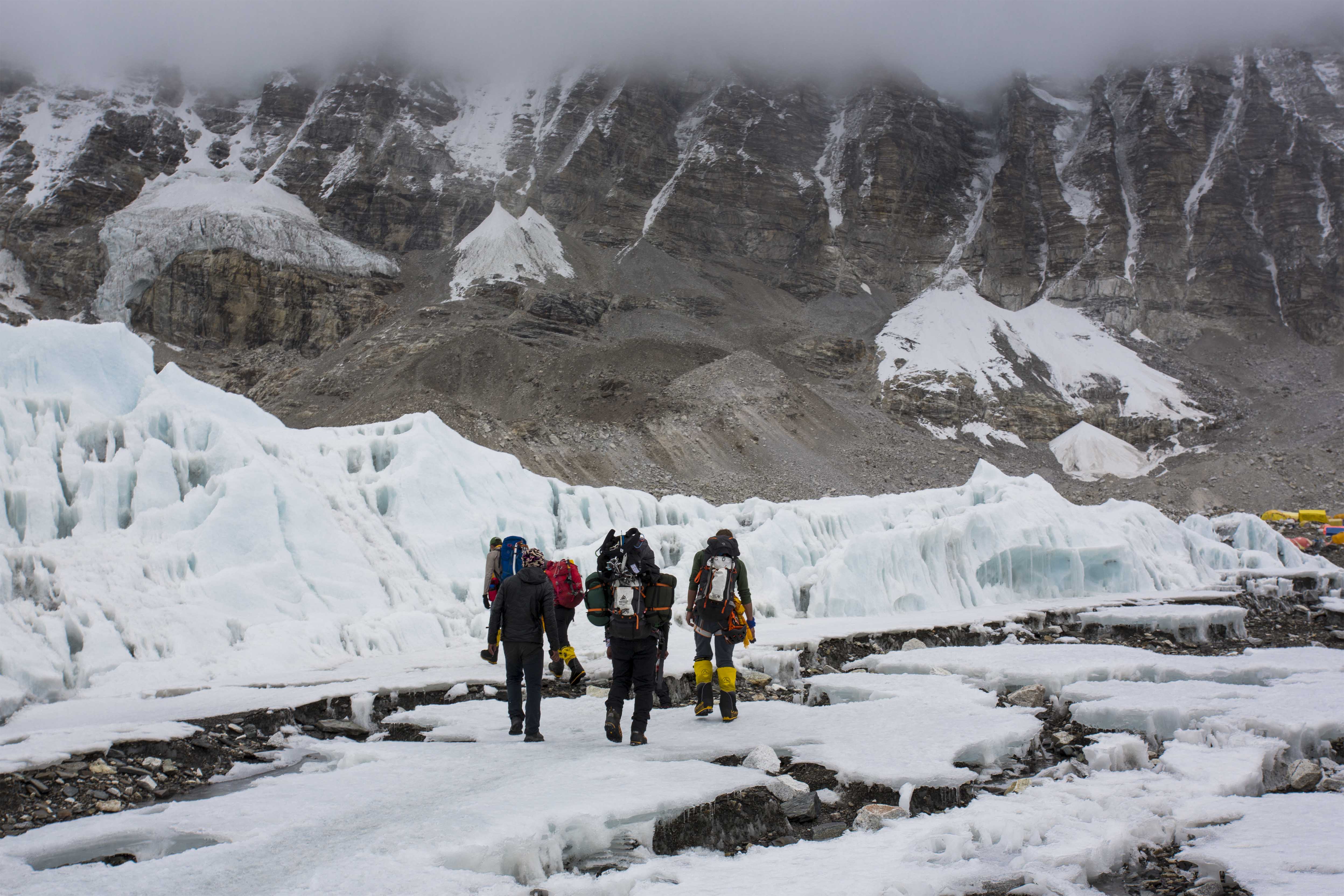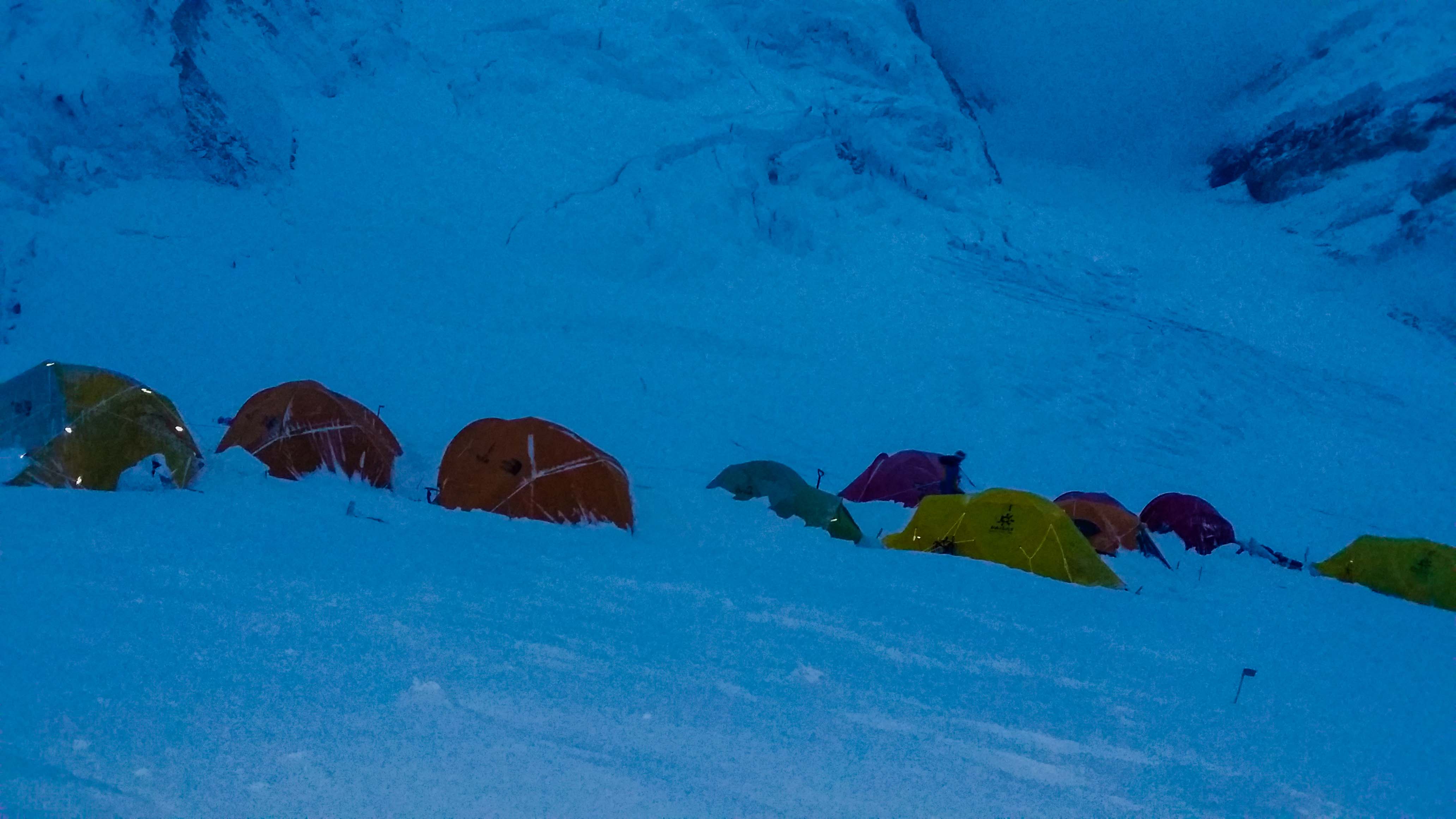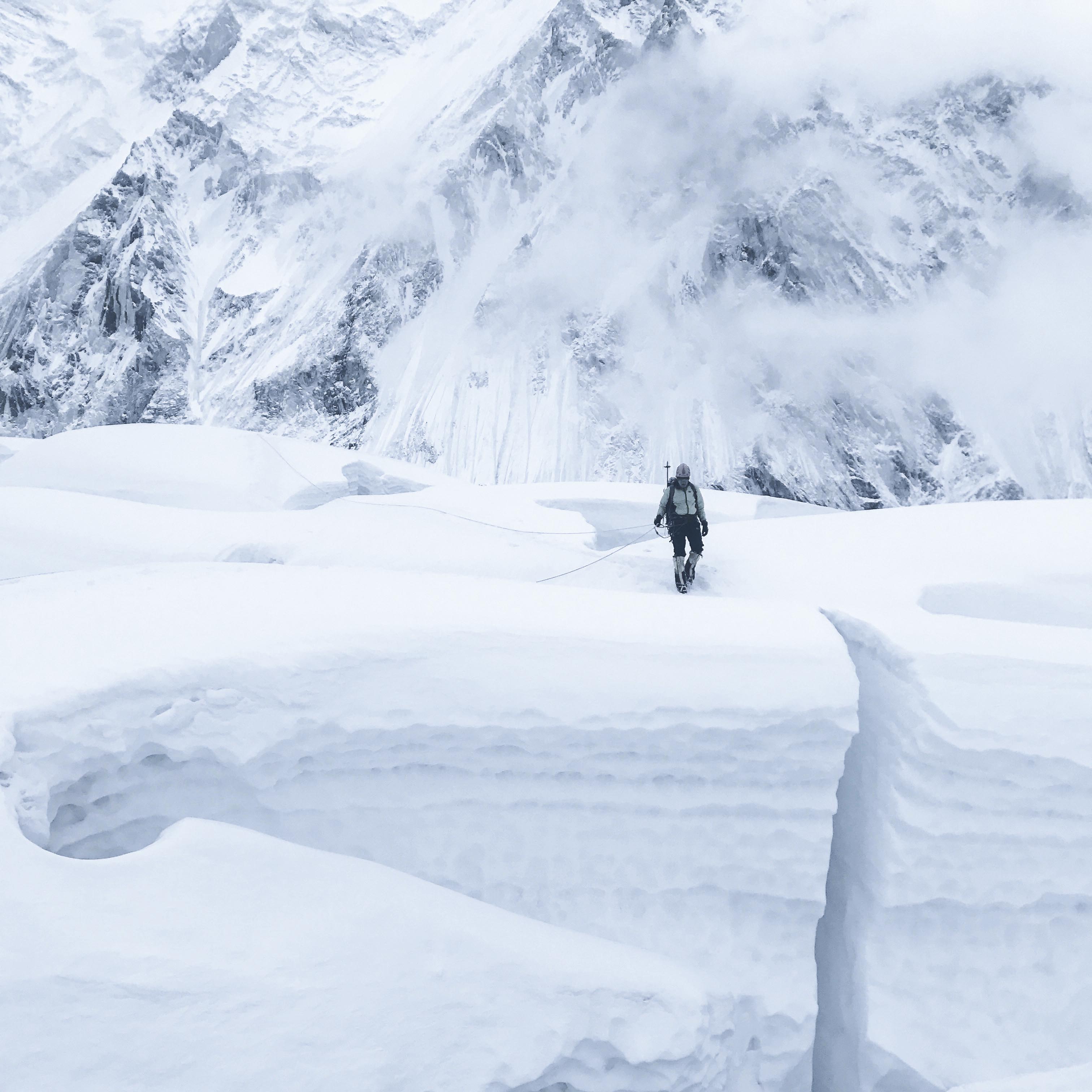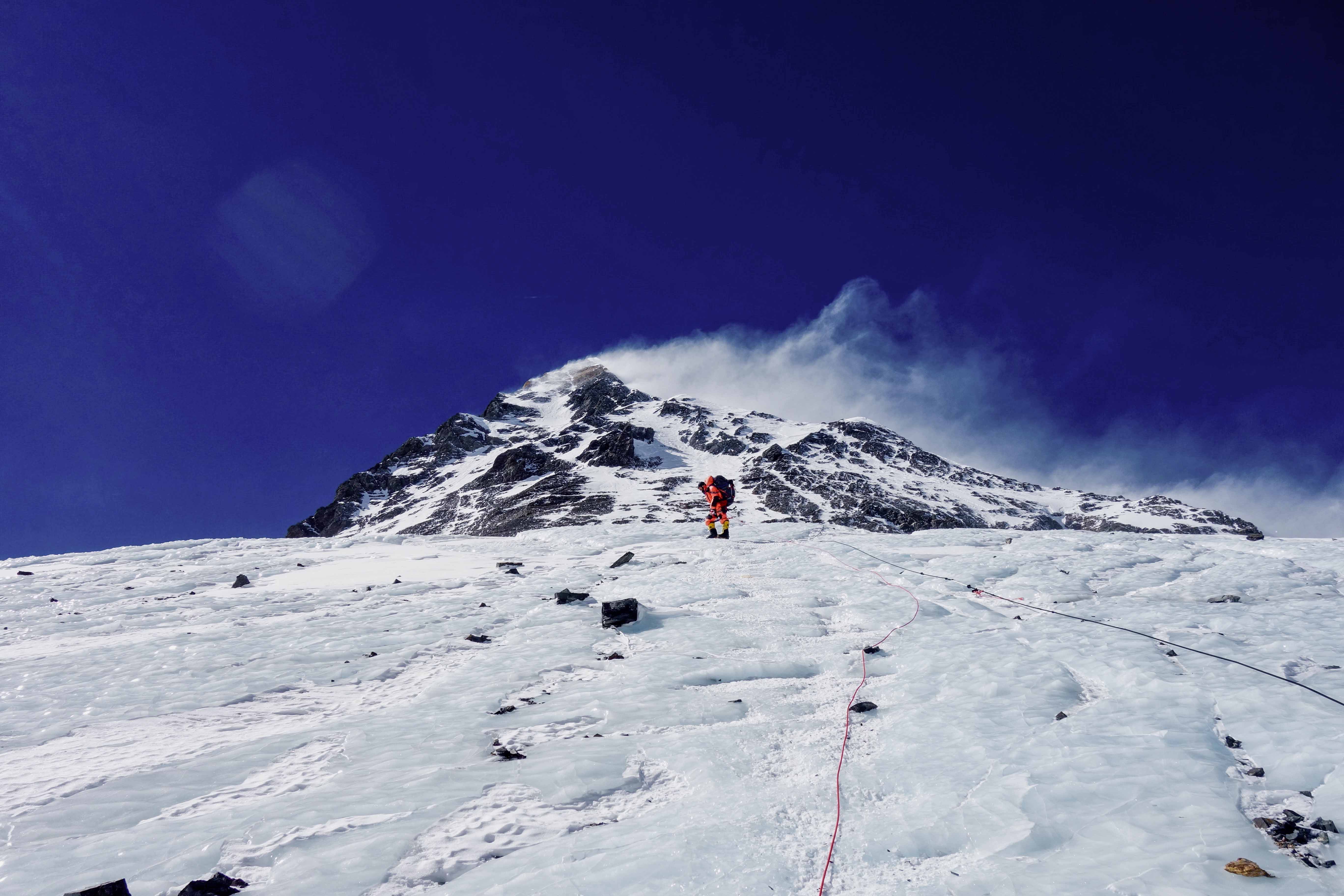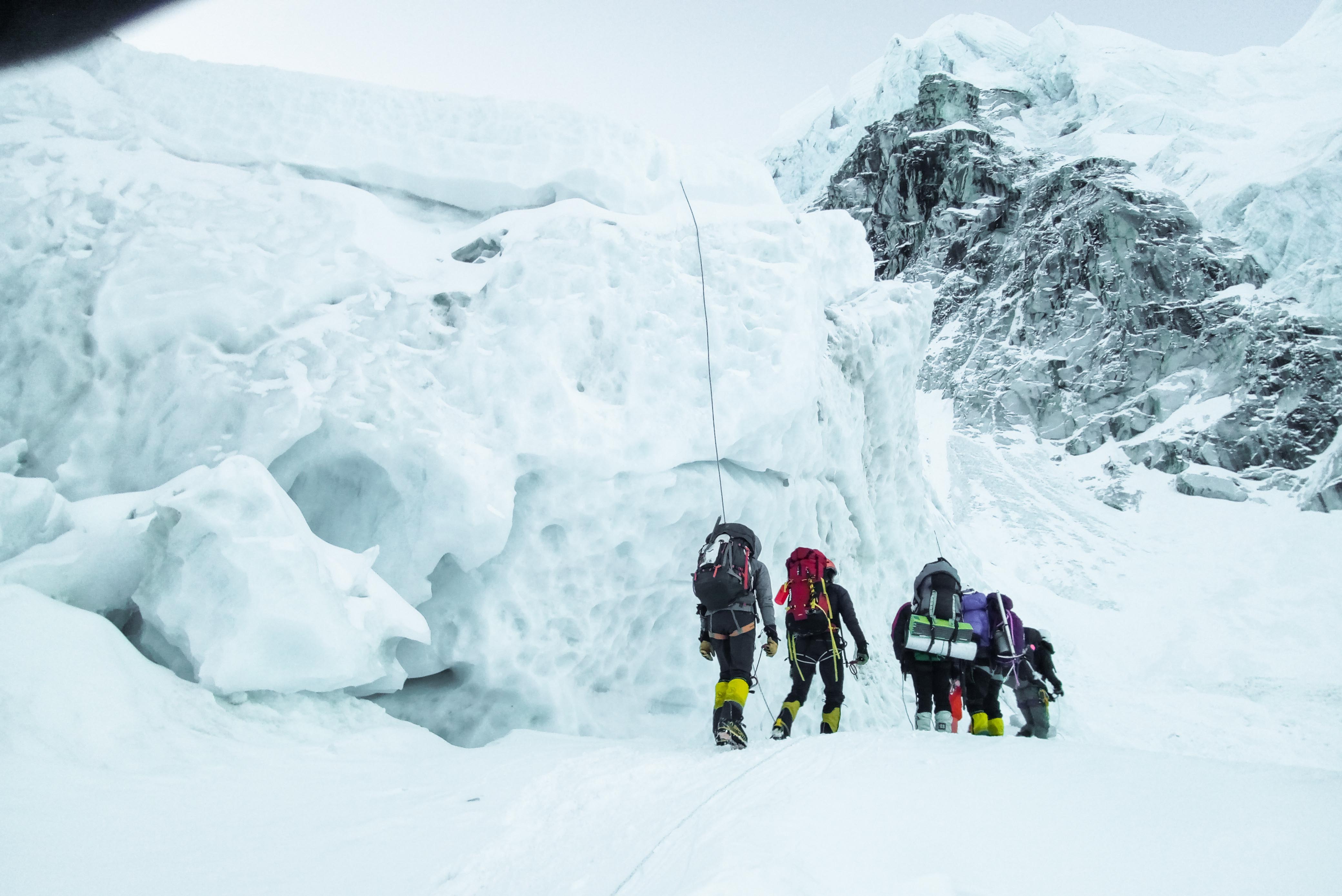I am very happy that our team experienced a high level of success and safety with all climbers who embarked on the summit attempt from Everest base camp reaching the top between May 14th and May 18th. Our small private teams (Kenton Cool’s group and the team of Ant Middleton & Ed Wardle) along and our main team of climbers are back in Kathmandu and heading home, some are home already.
We also had climbers complete the Everest and Lhotse combination climb, going from the summit of Mount Everest to the summit of Mount Lhotse the next day, altogether 36 climbers and Sherpas reached the summit of Everest plus another 6 from our rope fixing team. As in previous Everest seasons there were no injuries among our climbing team. We were supported by our incredible team of Sherpas who are an integral part of our success.
This season on Mount Everest is likely the most successful ever, given the number of collective summits versus permits issued and taking into account overall accidents / fatalities. The reason for this very high level of success all around I believe is due to 2 factors, the fact that our rope fixing team opened the route earlier than in previous Everest seasons and because a period of very good weather then manifest which allowed climbers to take advantage of the open route and good mountain conditions to climb. Because our rope fixing project was on time and well communicated to teams in Everest base camp, climbers were able to plan and prepare for summit attempts in advance of the good weather that materialized May 13th onward.
Our rope fixing team had to work hard, despite unfavorable conditions in April and early May such as a very icy Lhotse Face combined with high winds, our team was still able to fix the ropes to the summit of Mount Everest by May 13th, with double lines in places to ease congestion such as on the Lhotse Face up to Camp 3, the Yellow Band, and on the Geneva Spur. The rope used was 10.5 mm static rope, a very strong and durable rope, the anchors (primarily Black Diamond 22 cm ice screws) were placed appropriately to support large numbers of climbers.
The small number of accidents / fatalities this season were unfortunate, but on average less than what we normally see on Everest. Generally there are some accidents / fatalities related to climbers getting stuck up high on Everest in bad weather or on a very crowded summit day and then running out of oxygen (I was witness to this in 2012 when 4 climbers perished up high on Everest because the rope fixing was delayed to May 18th and few good weather days were available). Because the weather window has been favorable, climbers were able to spread out summit attempts over a week long period, so that no single day was problematic from a congestion standpoint.
Additionally, because our rope fixing project was well planned and executed on schedule, climbers were able to take advantage of the good weather window by making plans in advance of the arrival of this stable weather period.
The rope fixing project this year was coordinated by my team, with support from Adventure Consultants and our local operator in Nepal, Himalayan Guides. Initially there was some contention from other teams that this was a good idea, as traditionally the rope fixing project was managed by the ‘old guard’ on Everest and the work shared by many teams. However, the challenge of managing members from many teams often led to some confusion regarding work days, and lost efficiency when Sherpas from different teams worked together for the first time.
Our approach, keeping the project contained within essentially one team, provided us the opportunity to utilize our most capable high altitude Sherpas to complete this difficult project in an efficient and safe manner. Myself and Guy Cotter (CEO of Adventure Consultants) both climbed Mount Everest & Mount Lhotse this season, so we were able to actually be on the mountain to oversee various aspects of the rope fixing project in person rather than manage from Everest base camp as was traditionally the case by the managing teams.
I believe this “hands on” approach by the leadership influenced the rope fixing project in a very positive manner, as is evident by the outcome. We hope this example of project management, where the end result is safer and more successful climbing on the world’s highest mountain, can be carried forward to future seasons on Mount Everest!
